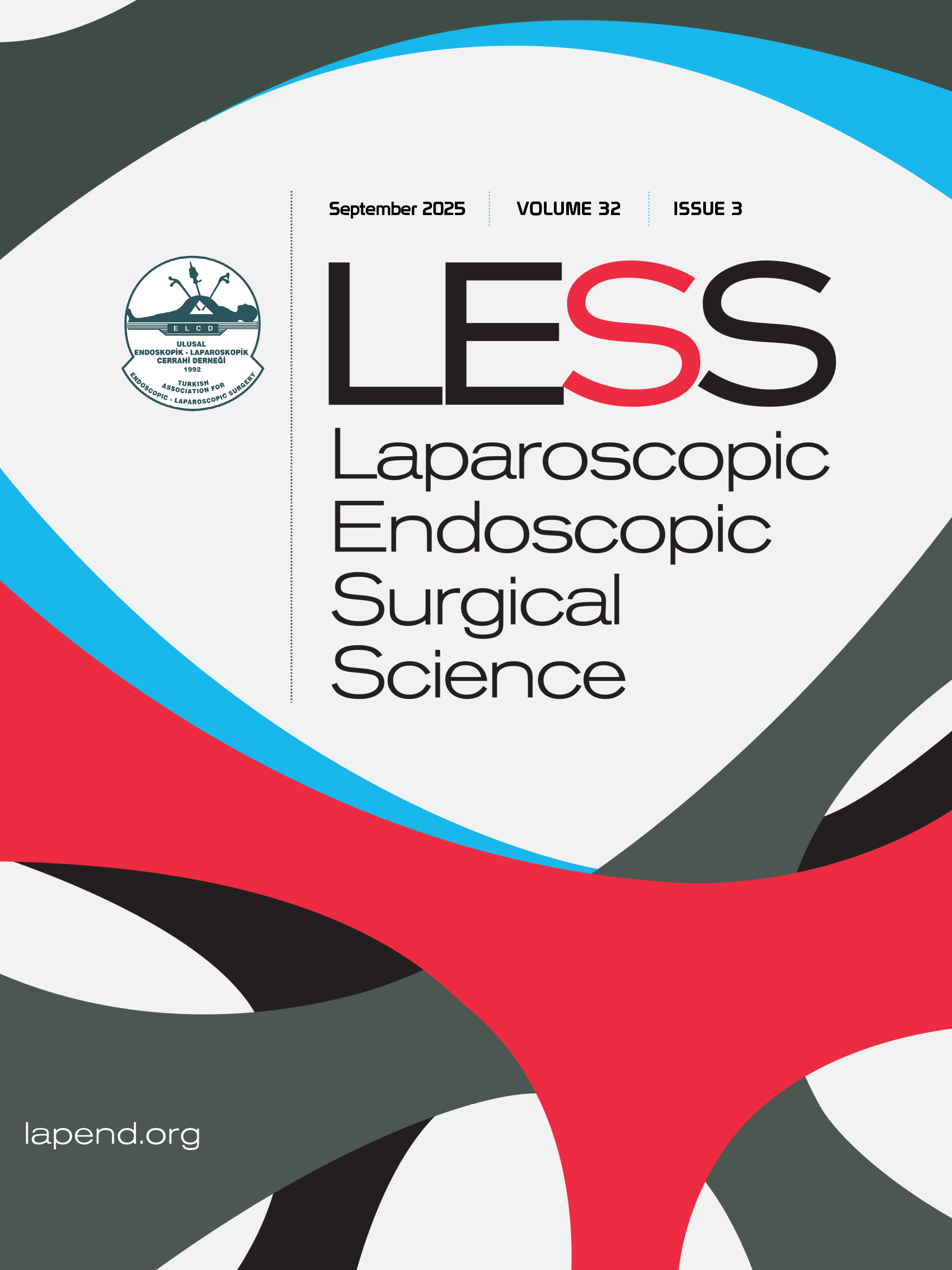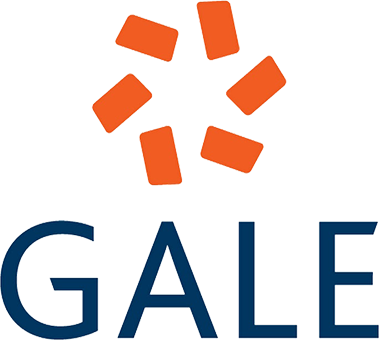Advancing gastric cancer surgery: Oncological outcomes and novel approaches in laparoscopic D2 gastrectomy
Deniz Öcal, Mehmet TorunErzurum State Hospital, Gastrointestinal Surgery Clinic, Erzurum, TürkiyeINTRODUCTION: Laparoscopic gastrectomy with D2 lymphadenectomy has become increasingly accepted in high-volume Eastern centers. However, concerns remain regarding the adequacy of nodal dissection and long-term oncological safety, particularly in advanced gastric cancer.
METHODS: 246 Patients who underwent laparoscopic subtotal or total gastrectomy with D2 lymphadenectomy between 2012 and 2022 were analyzed. Demographic, perioperative, and pathological variables were collected. Outcomes included lymph node yield, complications, margin status, overall survival (OS), and disease-free survival (DFS). The impact of indocyanine green (ICG) fluorescence mapping and robotic assistance was evaluated.
RESULTS: Of 246 patients, 162 (65.8%) underwent laparoscopic subtotal gastrectomy and 84 (34.2%) underwent total gastrectomy. The mean number of retrieved lymph nodes was 37.8±9.4, with 100% adequacy. The 30-day mortality was 1.6%, and major complications occurred in 12.6%, with anastomotic leakage in 3.6%. R0 resection was achieved in 94.3% of patients. At a median follow-up of 46 months, 5-year OS and DFS were 58.7% and 52.1%, respectively. In 72 patients with ICG-guided lymphadenectomy, nodal yield increased to 41.6, and robotic assistance (28 patients) was associated with lower morbidity and shorter hospital stay.
DISCUSSION AND CONCLUSION: Laparoscopic gastrectomy with D2 lymphadenectomy is feasible, safe, and oncologically adequate in high-volume centers. Technical innovations such as ICG fluorescence mapping and robotic assistance enhance surgical precision and may further improve outcomes.
Keywords: D2 lymphadenectomy, gastric cancer, laparoscopic gastrectomy
Manuscript Language: English















